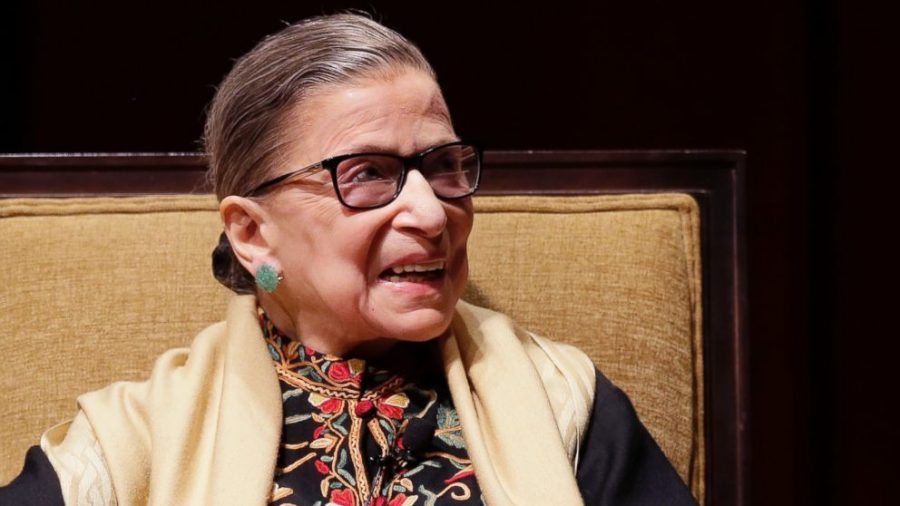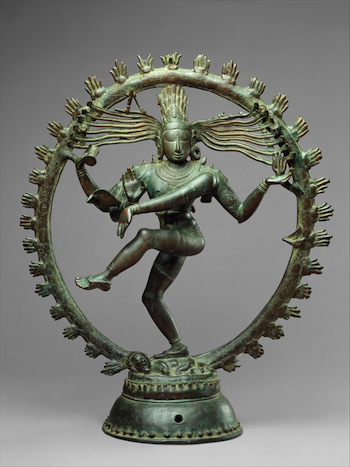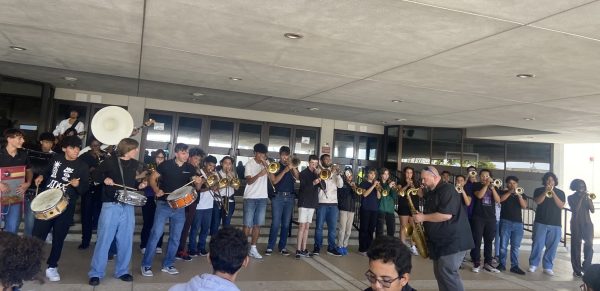Supreme Court Justice Ruth Bader Ginsburg Dies, Age 87
On September 18, 2020, Associate Justice of the Supreme Court Ruth Bader Ginsburg died due to complications caused by metastatic pancreatic cancer.
September 18, 2020
Earlier this evening, the Supreme Court of the United States announced that Associate Justice Ruth Bader Ginsburg died in her Washington D.C. home because of complications from metastatic pancreatic cancer. A private internment service will be held at Arlington National Cemetery. At 87 years old, Justice Ginsburg was not only the oldest sitting Supreme Court Justice, but she was also the second woman to be appointed to the Supreme Court.
In response to Ginsburg’s death, Chief Justice John G. Roberts, Jr., stated that “Our Nation has lost a jurist of historic stature. We at the Supreme Court have lost a cherished colleague. Today we mourn, but with confidence that future generations will remember Ruth Bader Ginsburg as we knew her — a tireless and resolute champion of justice.”
In the days before her death, understanding the consequences her death would cause, Ginsburg stated “My most fervent wish is that I will not be replaced until a new president is installed.” Among these consequences, the Supreme Court losing a balancing left-wing leader and a series of upcoming political battles.
However, in a statement made shortly after Ginsburg’s death was announced, Senate Majority Leader Mitch McConnell stated that “Americans reelected our majority in 2016 and expanded it in 2018 because we pledged to work with President Trump and support his agenda, particularly his outstanding appointments to the federal judiciary.” He vowed that “Once again, we will keep our promise. President Trump’s nominee will receive a vote on the floor of the United States Senate.”
Decades of championing women’s rights earned Justice Ginsburg the moniker “Notorious RBG” and she became an icon for feminists of all ages across the nation. During more than 27 years on the Court, Ginsburg’s most celebrated rulings and dissents worked to promote feminist objectives. This was influenced by her belief that the 14th Amendment protects women, in addition to racial and ethnic minority groups. In an interview with National Public Radio, Ginsburg explained that “The words of the 14th Amendment’s equal protection clause — ‘nor shall any state deny to any person the equal protection of the laws.’ Well that word, ‘any person,’ covers women as well as men. And the Supreme Court woke up to that reality in 1971.”
Ginsburg’s vision for the future became clear in a 2011 interview with the Washington Post after the Court opened with three female justices for the first time. She hoped that this would “Change the public perception of where women are in the justice system. When the schoolchildren file in and out of the court and they look up and they see three women, then that will seem natural and proper — just how it is.”
These sentiments were echoed in her statements at the 2015 American Constitution Society’s convention, where she said that “It has always been that girls should have the same opportunity to dream, to aspire and achieve — to do whatever their God-given talents enable them to do — as boys.” Ginsburg also stated that “There should be no place where there isn’t a welcome mat for women. . . . That’s what it’s all about: Women and men, working together, should help make the society a better place than it is now.”
Despite becoming one of the most prominent Supreme Court justices, Ginsburg wrote no shortage of dissenting opinions. One of her most famous, the 2013 dissent on Shelby County v. Holder. The 5-4 ruling struck down the portion of the Voting Rights Act that ordered states to have voting changes approved by the Federal Government. Criticizing the decision, Ginsburg pointed that “Throwing out preclearance when it has worked and is continuing to work to stop discriminatory changes is like throwing away your umbrella in a rainstorm because you are not getting wet.”
Although her dissenting opinions coming from a place of deep disagreement with Supreme Court rulings, Justice Ginsburg hoped that her dissent could help to persuade future Courts. “Some of my favorite opinions are dissenting opinions,” Justice Ginsburg stated. “I will not live to see what becomes of them, but I remain hopeful.”
In the same way Justice Ginsburg remained hopeful of her impact on the future, it is now up to younger generations to strive for justice just as she did. A champion for equality and women’s rights until the very end, Justice Ruth Bader Ginsburg’s place in history will be anything but inconsequential.












